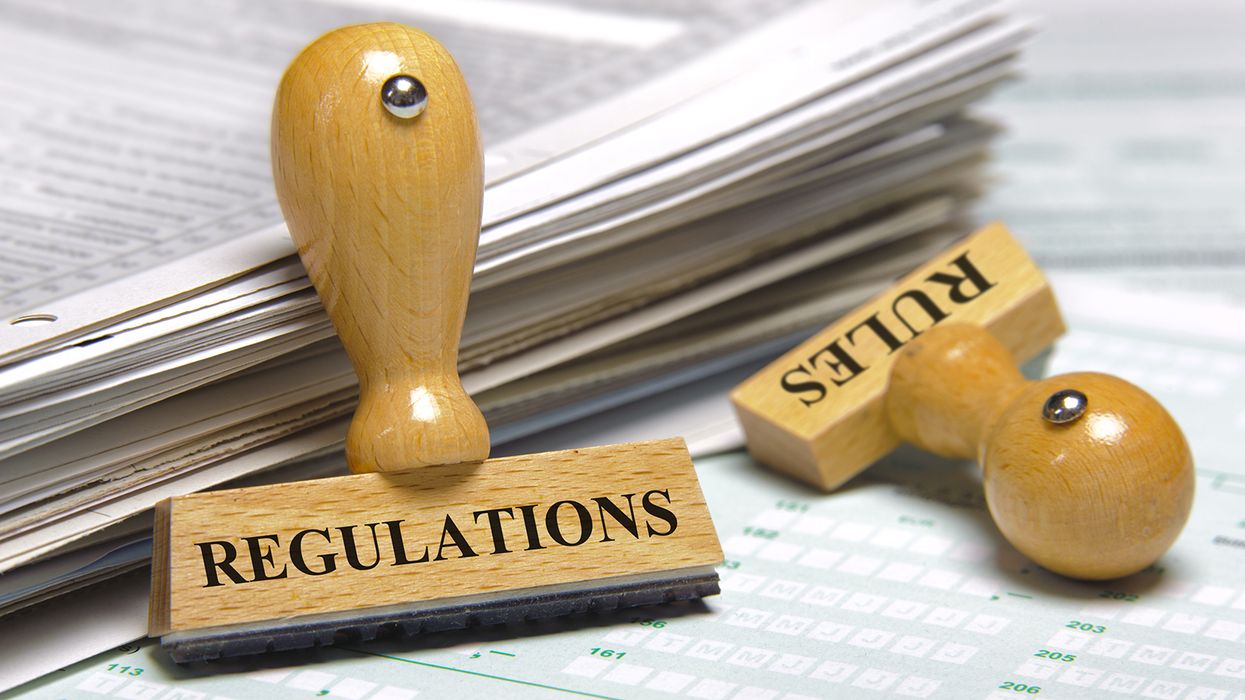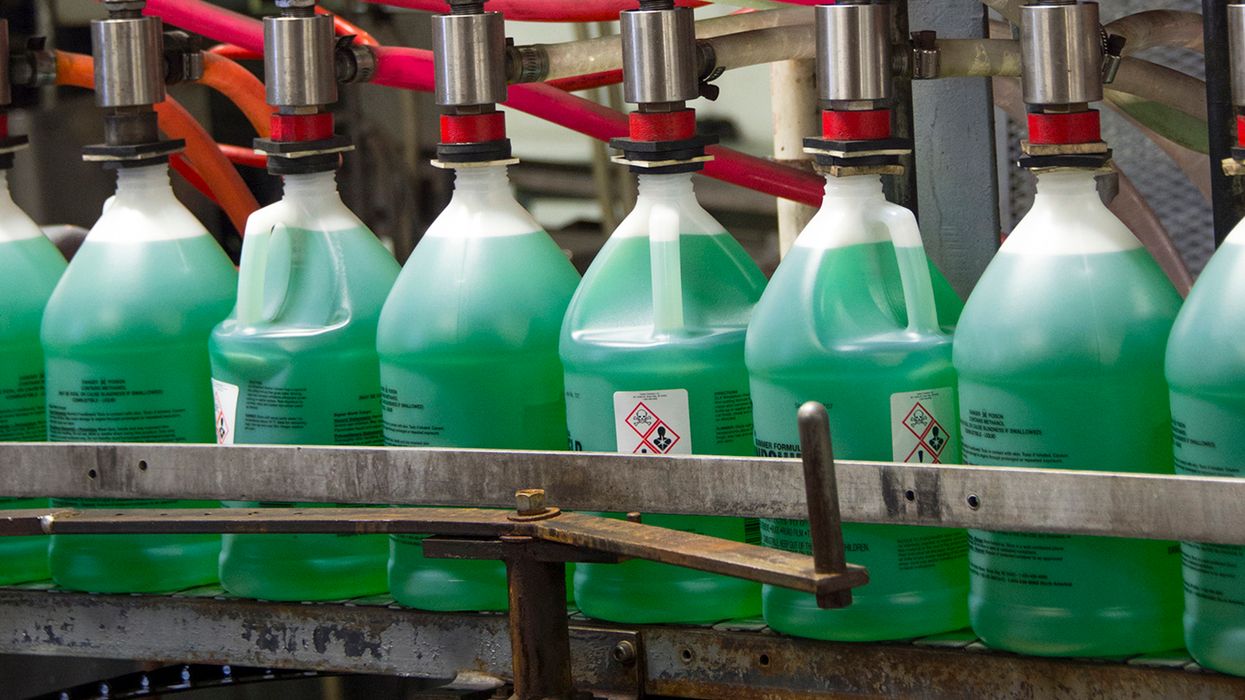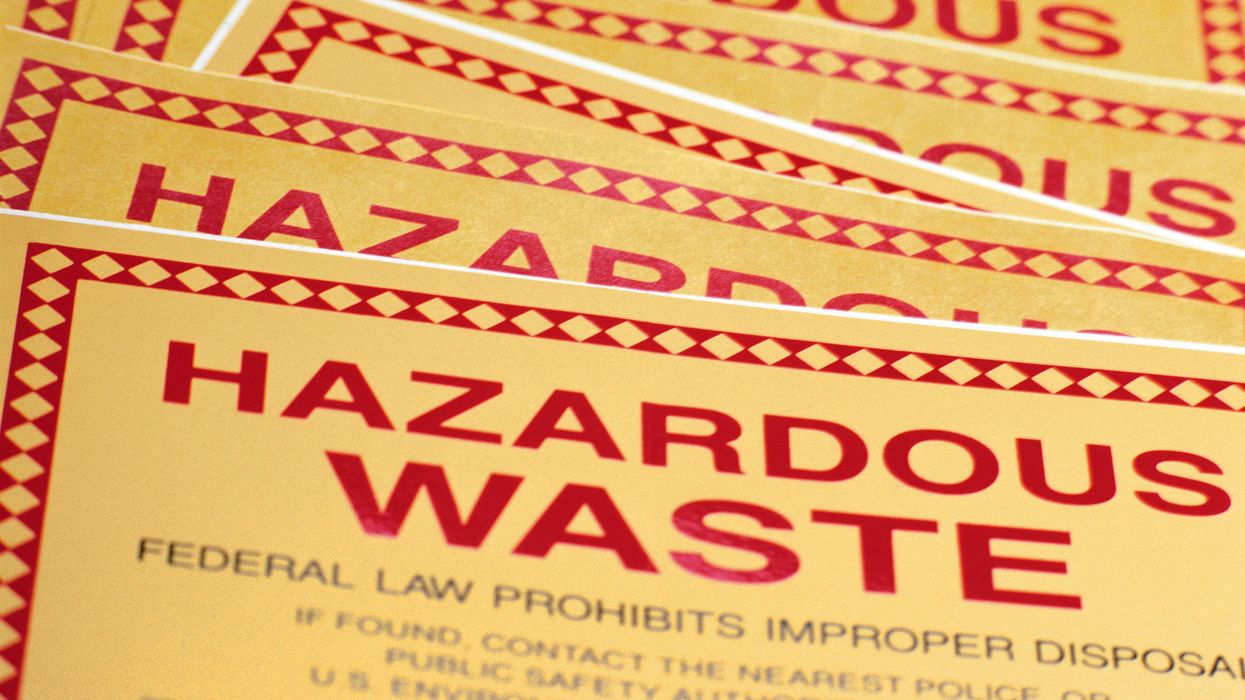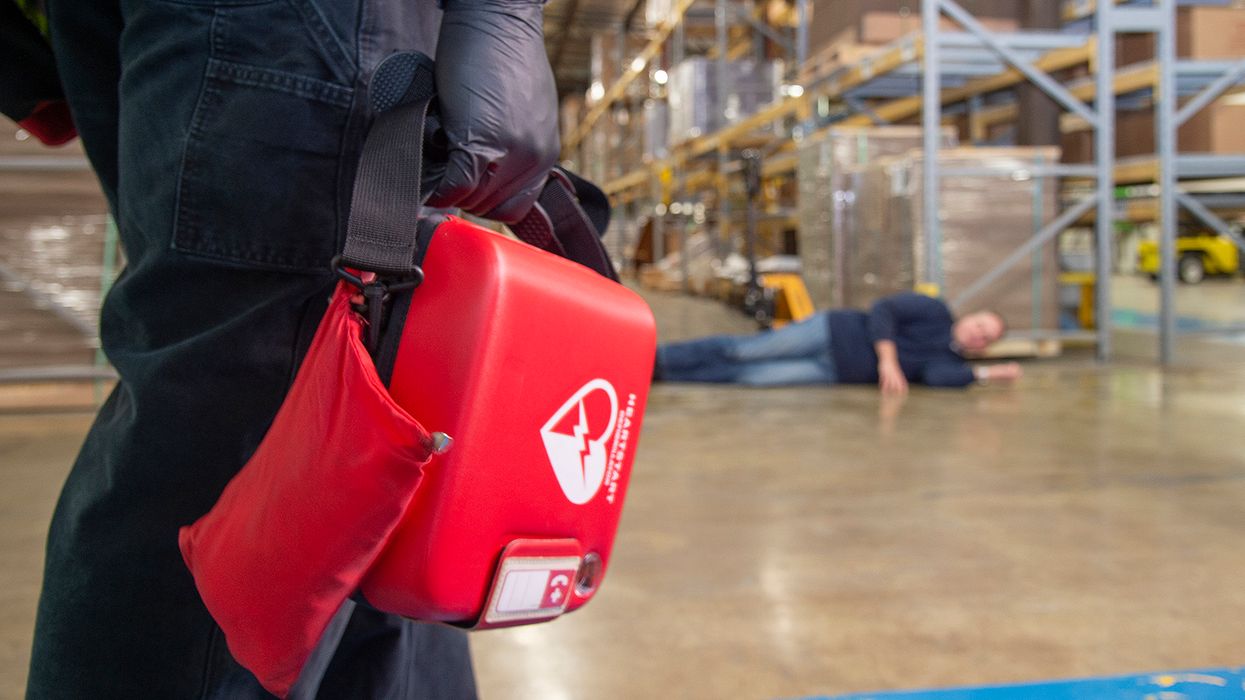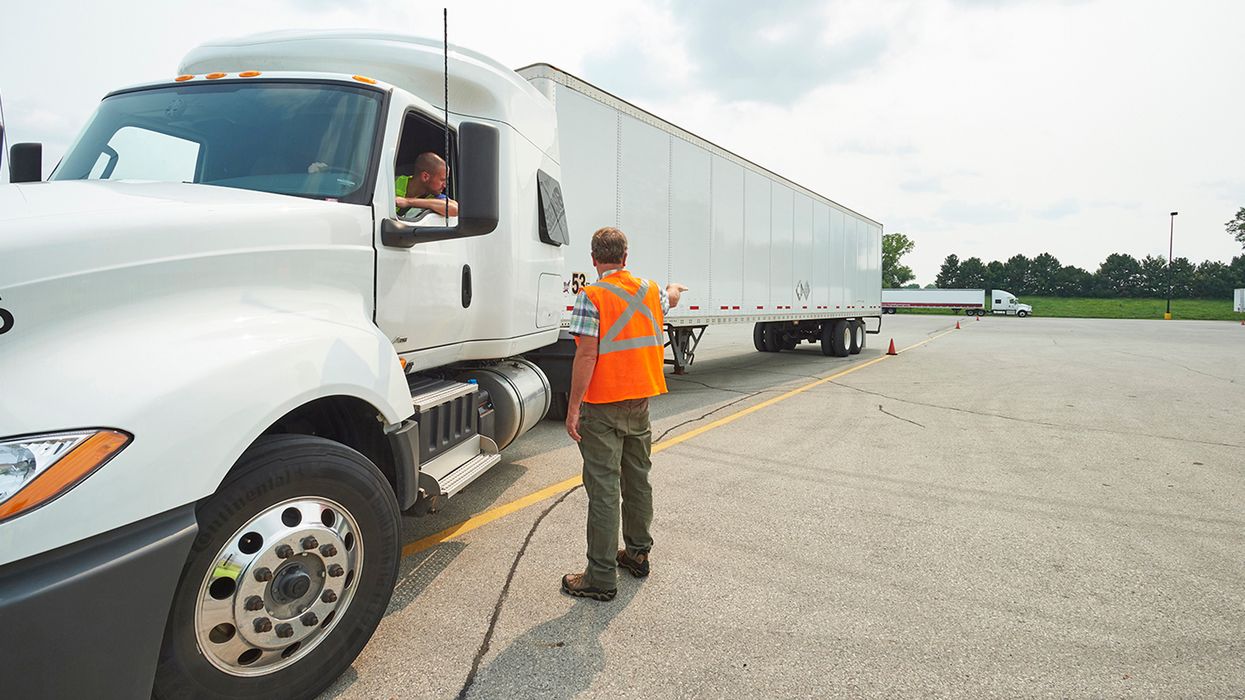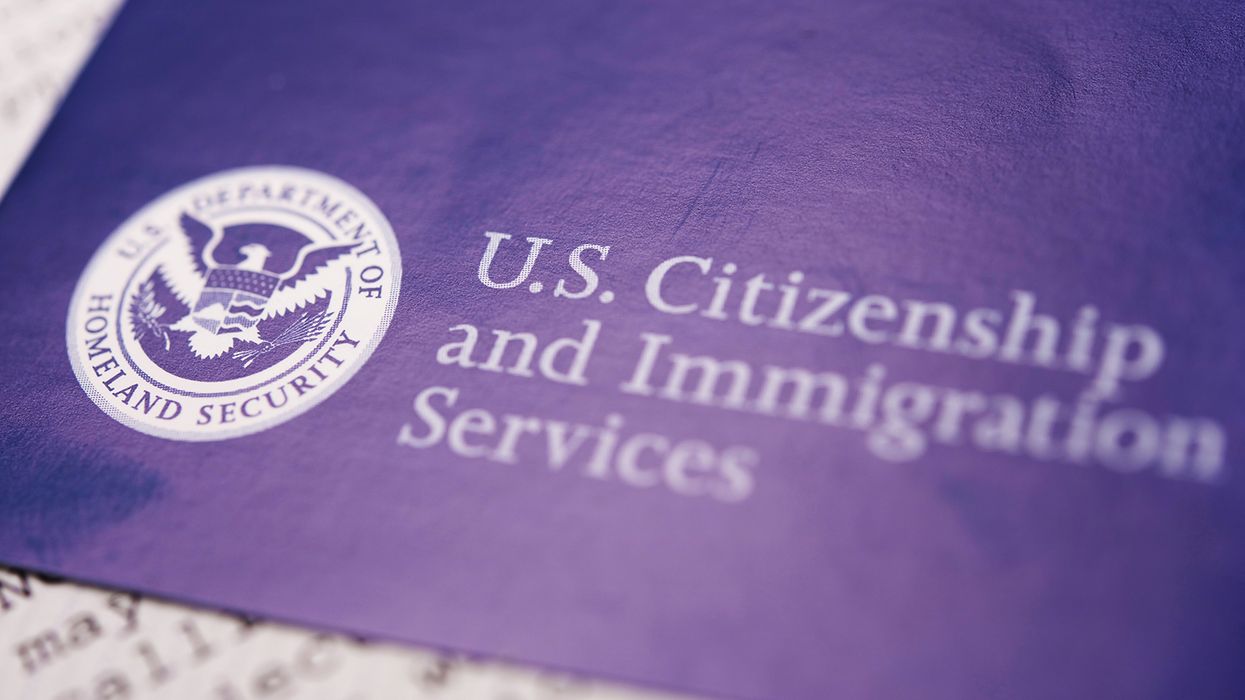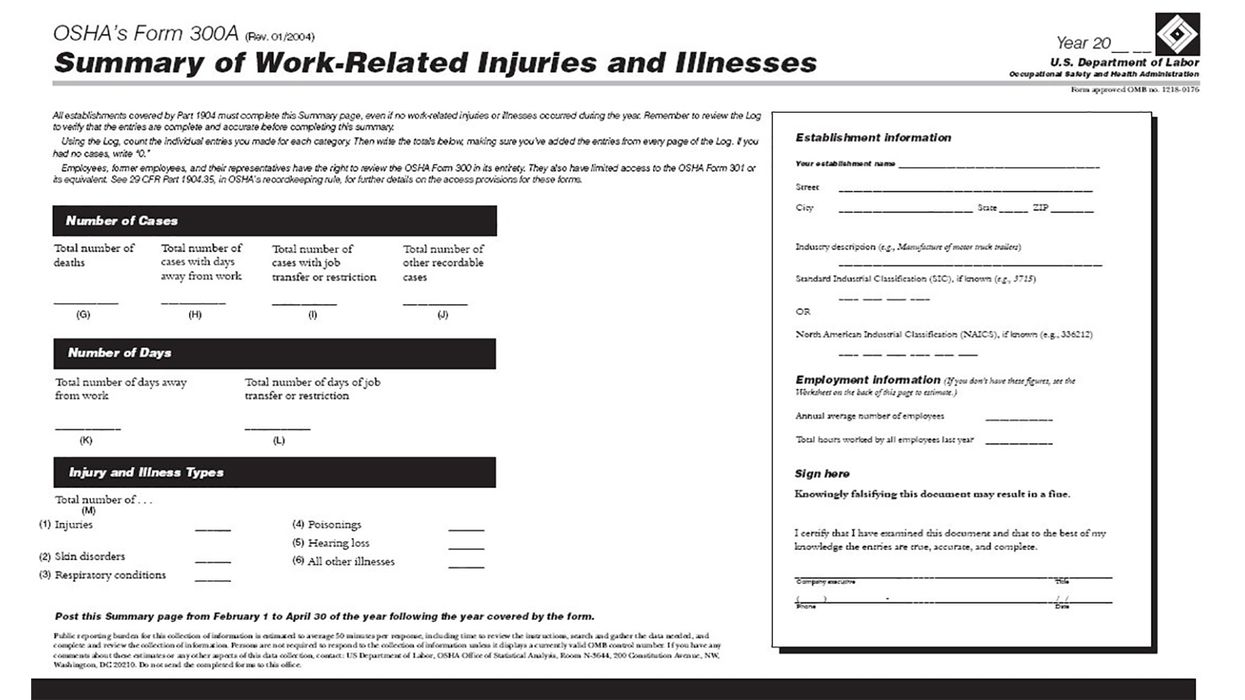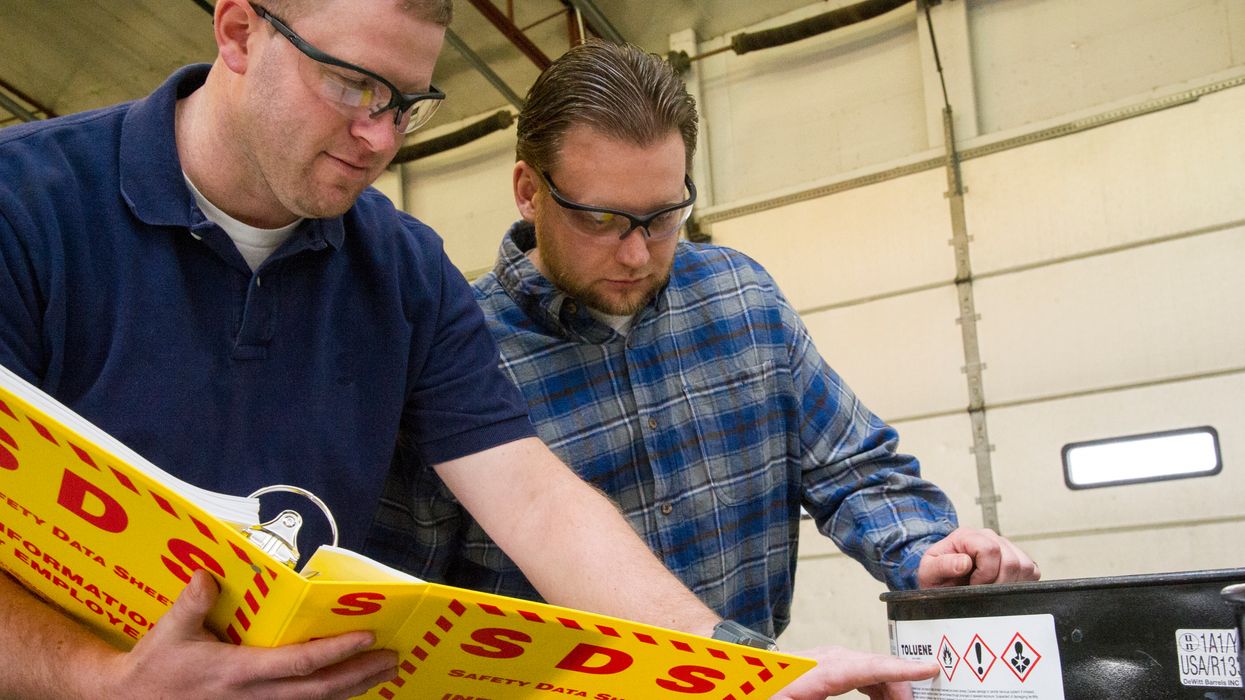Have you done a safety policy and procedure review lately?
The start of a new year is an ideal time to review safety policies and procedures.
Federal Motor Carrier Safety Administration (FMCSA) uses the Safety Management Cycle (SMC) during carrier audits. The first step in the SMC is a review of policies and procedures. Safety policies should reflect current expectations and what the carrier will not tolerate.
Carrier personnel consistently following policies and procedures and exceeding regulatory minimums help keep carriers defensible.
Policy review basics
FMCSA uses the Six-Factor Audit and the SMC to ensure that carriers:
- Maintain policies, procedures, and performance criteria that relate to each factor;
- Identify who is responsible for each policy and procedure;
- Adopt best practices that meet or exceed regulations, including driver hiring and supervision;
- Communicate and train on the requirements;
- Monitor that regulations and company standards are met or exceeded; and
- Take meaningful action to correct behavior before violations and crashes occur.
Ensure that each policy contains these critical elements:
- Audience or to whom the policy applies.
- Behavior that you want or require.
- Conditions under which the policy applies.
- Discipline that will result if not compliant.
- Exceptions that might apply (the fewer, the better to minimize risk).
Each policy should be easy to remember. Procedures are for the details.
Essential policies
Examples of policies to maintain under each factor with the applicable FMCSRs:
Factor 1 – General
- Obtaining and renewing insurance coverage (Part 387 and Part 390)
- Maintaining DOT registration (390.19)
- Recording correctly and investigating all accidents (390.15)
- Marking all commercial motor vehicles (390.21)
Factor 2 – Driver
- Screening and hiring (391.11, 391.15, 391.21, 391.23)
- Road testing (391.31 and 391.33)
- Maintenance of qualifications (391.11(b)(5), 391.25, Part 391 Subpart E)
- Driver qualification and investigation files (391.51, 391.53)
- Medical exam policy (Part 391 Subpart E)
- Drug and alcohol educational information (382.601(b))
Factor 3 – Operational
- Seat belts (392.16)
- Safe, compliant, and defensive driving (Part 392)
- Hours-of-service and electronic logging (Part 395):
- Driver requirements
- Supervisor responsibilities
- Auditing for falsification
- Personal conveyance (if allowed, per 395.8 Interpretation 26 or more strict)
- Unassigned driving events (reviewed daily)
Factor 4 – Vehicle
- Maintenance scheduling and recordkeeping (396.3, manufacturer guidance)
- Annual inspections (396.17, 396.23, Appendix A to Part 396)
- Parts and accessories (Part 393)
- Repair decisions (396.11)
- Technician qualifications (396.19,396.25)
- Driver pre-trip and post-trip inspections (392.7. 392.8, 392.9, 396.7, 396.11, 396.13)
Factor 5 – Hazardous materials
- Initial and ongoing training of hazmat employees (172.704)
- Placarding, accepting and delivering shipments, and paperwork (Parts 172,173, 177)
- Emergency response information (172.600-172.606)
- En route practices and driving (Part 177, Part 397)
Factor 6 – Department of Transportation (DOT) Accident rate
- DOT crash rate in the past 12 months at or below 1.5 per million miles or 1.7 for urban carriers
- Company criteria for driver retention
- Coaching, training, and progressive discipline for unsafe behaviors
- Dash cam and telematics policy (if in use)
Key to remember: Review policies and procedures at least annually to ensure they meet or exceed current regulations and reflect company expectations.























